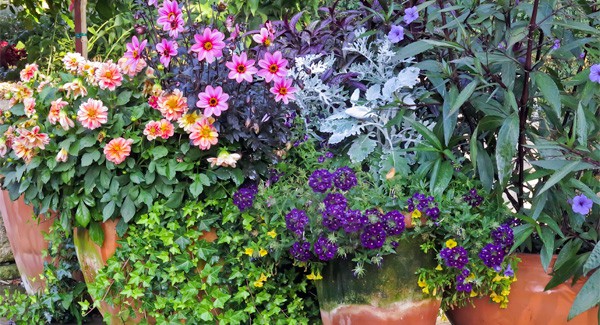
Last Updated on February 28, 2023
One of the best ways to spend this extra time at home is to get outside and prepare your garden for bloom and harvest. Ready to boost your curb appeal and prep your garden for spring? Here’s everything you need to know!
Rake and restore
Time for some spring cleaning– garden style. It’s important to give your garden a fresh start before planting new flowers and seeds. Start by clearing out old leaves and other debris from the flower beds and surrounding areas leaving just the bare soil.
Keep in mind that at the end of their blooming season, daffodils leave behind tall green foliage after the pretty yellow or white flowers fade away. Even with the flowers gone, the foliage should stay. It’s the living link between now and next year, when the bulb should send up a new bud to open into a delightful bloom. Gardeners should not even bend and secure the foliage, as a break in the leaves could damage the flower show next year. Be content to let it brown and wither, then easily rake away to make a space for summer flowering plants.
Create a compost bin
Clearing out your beds, pulling weeds and raking leaves from your garden will give you old vegetation that is perfect for a compost bin! Once you create a compost pile, take some of the finished compost and spread a thin layer over your bare soil to help replace some of the lost nutrients that gardens need to flourish.
If your garden has already been cleaned out and you don’t have the materials to compost, most cities offer budget-friendly compost and mulching supplies, such as the Compost Central in Charlotte and Yard Waste Recycling Center in Raleigh.
Plan(t) ahead
Begonias, gladiolus, and lilies are all great bulb choices for early spring planting and summer blooming. Sew your sunflower, cosmos, and zinnias seeds and get ready for blossoming flowers come summer time.
Azaleas, camellias, mountain laurel and rhododendron are acid-loving plants and grow best when the soil pH ranges from 4.8 to 5.5. Split fertilizer (with a formula created for these shrubs) treatments into three equal applications: 1/3 in early April, 1/3 in June or July and 1/3 in September. This will produce more uniform growth and maximum blooms.
For season after season beauty, plant container-grown perennials this spring. Don’t forget to water while plants settle into their new homes and throughout the hot summer months. Find perennials that will give a strong performance in late summer, when our Carolina gardens tend to droop from the heat and fade in the sun. Salvias, verbenas, daisies and other options you’ll find at the garden center are good choices.
Farm to table
Sow seeds of heat-tolerant greens throughout spring to extend the harvest window. As the sun gets higher and hotter, plant greens to get afternoon shade for tender growth. Top choices include Jericho (romaine), Buttercrunch (butterhead), Craquerelle du Midi (romaine), Lolla Rossa (loose leaf red), Black-Seeded Simpson (loose leaf green), and oak leaf types. Malabar spinach also thrives in summer heat. Keep sowing seeds of lettuces and garden greens weekly in April and May to ensure a long harvest season.
Seedlings of tomatoes, peppers, and eggplants can be planted in the garden starting around April 15, when the danger of frost in the Carolinas is pretty much over. Just be prepared to provide frost protection if a cold snap threatens.



